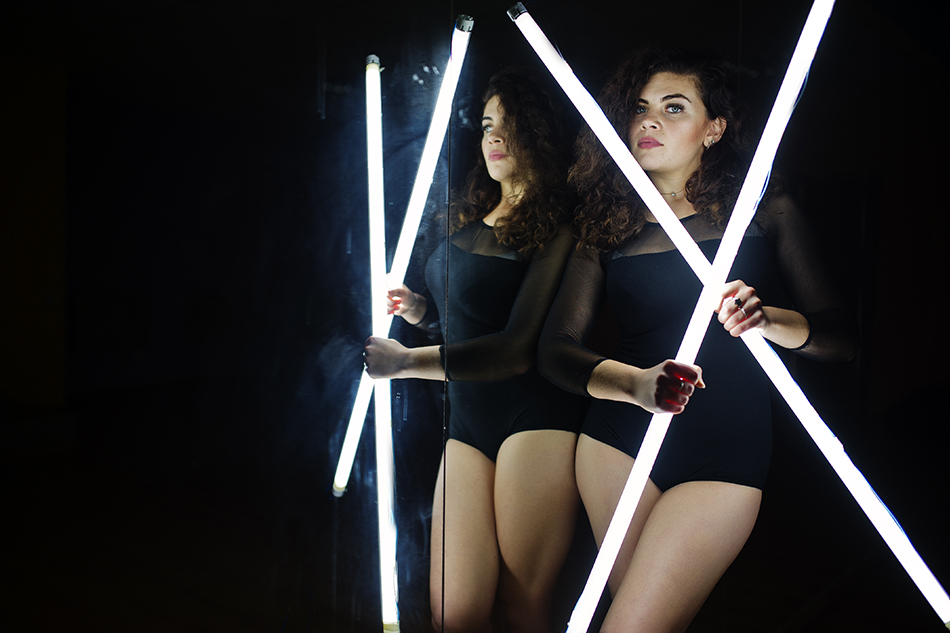Time:2025-05-26
The evolution of lighting technology has introduced flex neon light as a groundbreaking alternative to traditional neon and rigid LED systems. Combining flexibility, durability, and aesthetic versatility, these lights are redefining how designers, architects, and homeowners approach illumination. This article explores the technical advancements, diverse applications, and sustainable benefits of flex neon lighting, positioning it as a cornerstone of contemporary design.
The Engineering Behind Flex Neon Light
Flex neon lights are engineered to overcome the limitations of conventional lighting through:
Silicone Encapsulation: A flexible, shatterproof outer layer that protects internal LEDs from physical damage and environmental factors.
Bendable Core: A pliable substrate allowing the lights to contour to curves, corners, and complex geometries without compromising luminosity.
Uniform Illumination: Advanced diffuser technology ensures consistent light distribution, eliminating "hot spots" common in traditional strips.
These innovations make flex neon ideal for both intricate designs and high-traffic environments.
Applications Redefining Spaces
Commercial and Retail
Storefront Branding: Create eye-catching logos, window displays, or promotional signage that adapts to seasonal themes.
Architectural Accents: Outline building facades, awnings, or interior features like staircases and columns.
Residential Design
Custom Decor: Design headboard backlighting, under-cabinet glows, or artistic wall installations tailored to personal aesthetics.
Outdoor Enhancements: Illuminate patios, gardens, or pool areas with weather-resistant flex neon strips.
Art and Public Installations
Interactive Exhibits: Collaborate with artists to build light sculptures or murals that respond to movement or sound.
Urban Infrastructure: Use flex neon to revitalize public spaces, such as parks or transit hubs, with durable, vandal-resistant lighting.

Sustainability and Energy Efficiency
Flex neon lights align with eco-conscious practices through:
Reduced Energy Consumption: LED technology lowers power usage compared to glass neon, cutting operational costs and carbon emissions.
Longevity: Extended lifespan minimizes replacements and waste, supporting circular economy principles.
Recyclable Materials: Silicone and PVC components designed for disassembly and material recovery at end-of-life.
Businesses adopting flex neon not only enhance aesthetics but also demonstrate environmental responsibility.
Design Trends Driving Adoption
Minimalist Aesthetics: Sleek, low-profile designs that complement modern interiors without overwhelming spaces.
Biophilic Integration: Pairing flex neon with natural elements like wood, stone, or plants to create harmonious, nature-inspired environments.
Smart Lighting Synergy: Integration with IoT systems for voice control, circadian rhythm adjustments, and scene automation.
Retro-Modern Fusion: Blending vintage neon aesthetics with contemporary finishes (e.g., matte textures, metallic accents).
For instance, a Copenhagen café used flex neon to craft undulating ceiling waves, merging Scandinavian minimalism with playful illumination.
Installation and Maintenance Best Practices
Surface Preparation: Clean and dry mounting areas to ensure adhesive backing bonds securely.
Modular Design: Plan layouts in segments for easy adjustments, repairs, or expansions.
Weatherproofing: Seal connectors with silicone gel for outdoor installations exposed to moisture.
Routine Care: Wipe surfaces gently with a microfiber cloth to maintain clarity and brightness.
Overcoming Industry Challenges
Color Consistency: Source products from manufacturers with strict quality control to ensure uniformity in large-scale projects.
Regulatory Compliance: Verify local regulations on light intensity and color usage for public or commercial spaces.
Budget Efficiency: Balance initial costs with long-term savings by prioritizing energy efficiency and durability.
Future Innovations in Flex Neon Technology
Self-Healing Coatings: Materials that repair minor scratches or abrasions autonomously.
Solar-Powered Systems: Off-grid flex neon solutions for sustainable urban and rural applications.
Augmented Reality (AR) Integration: Overlaying digital content onto physical installations for interactive experiences.
Conclusion
Flex neon light represents a paradigm shift in lighting design, offering unmatched adaptability, sustainability, and visual impact. From transforming retail spaces into immersive brand experiences to enabling homeowners to personalize their sanctuaries, this technology bridges creativity and functionality.
To stay ahead, designers and businesses should embrace flex neon’s potential, partnering with suppliers who prioritize innovation and eco-conscious practices. As the demand for dynamic, sustainable lighting grows, flex neon stands poised to illuminate the future of design—one bendable glow at a time.